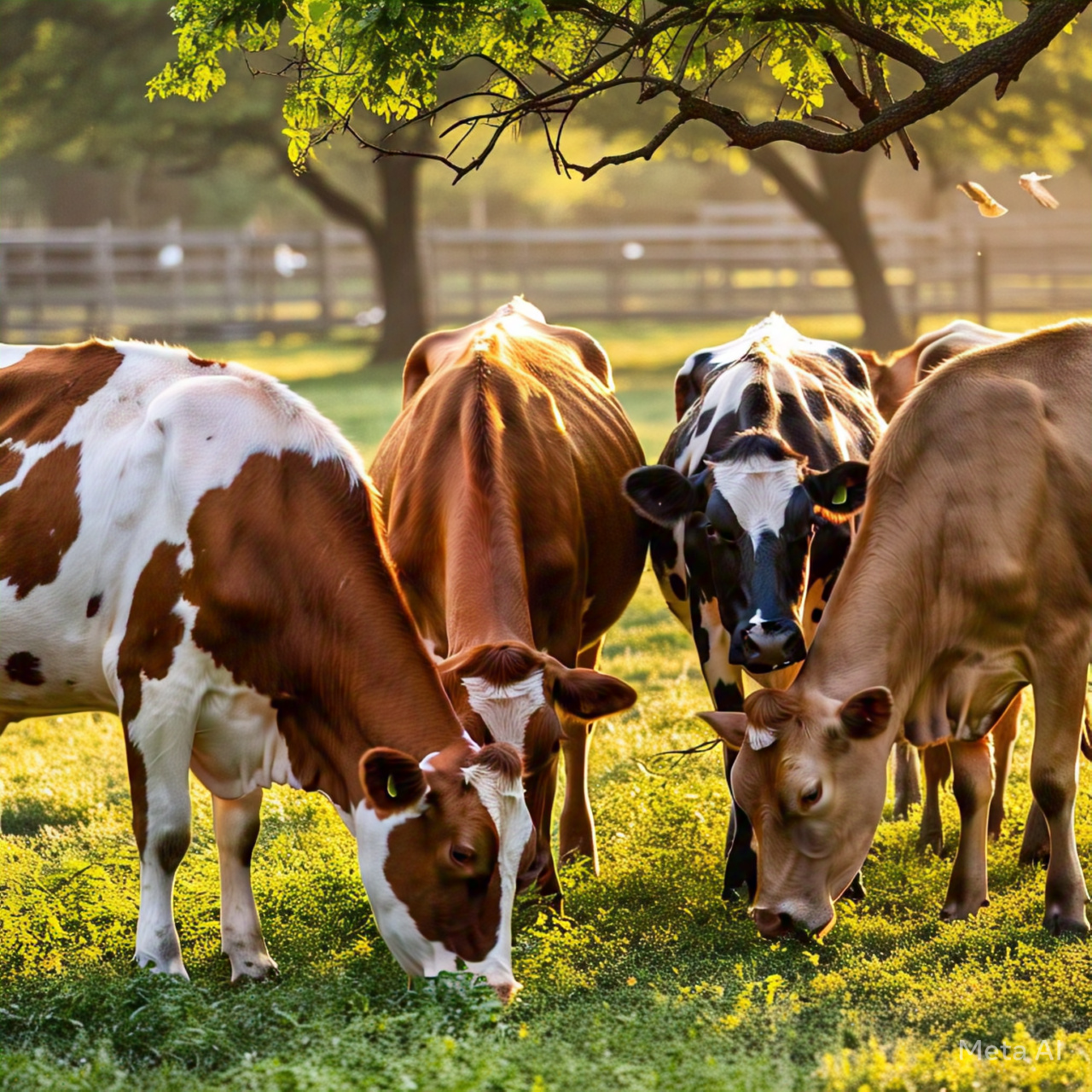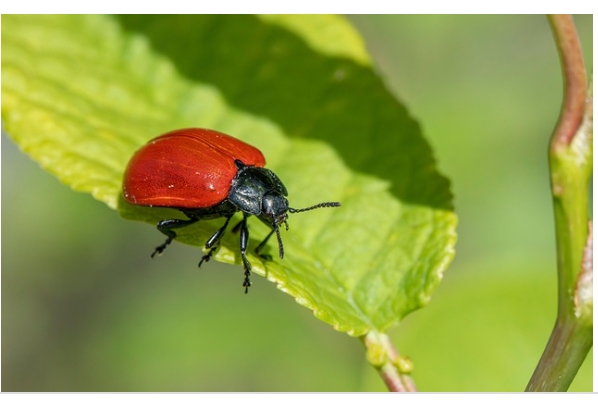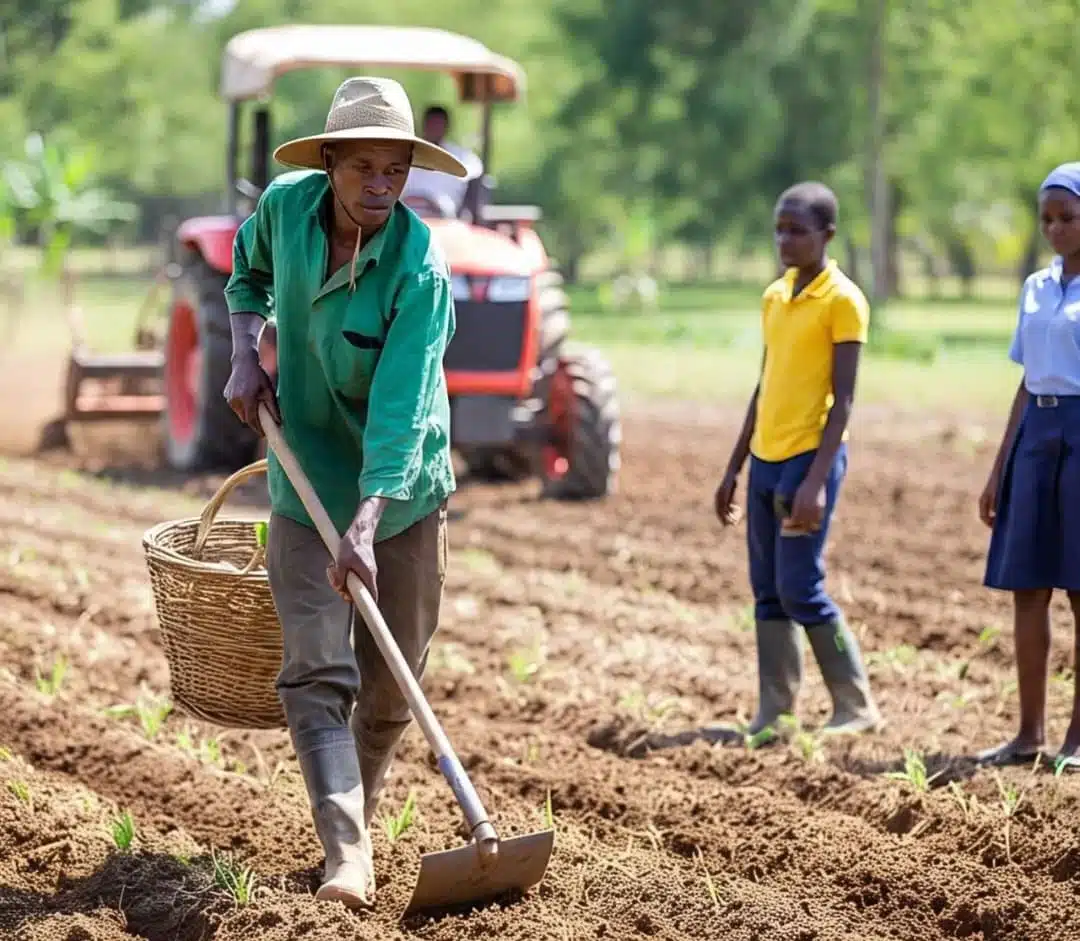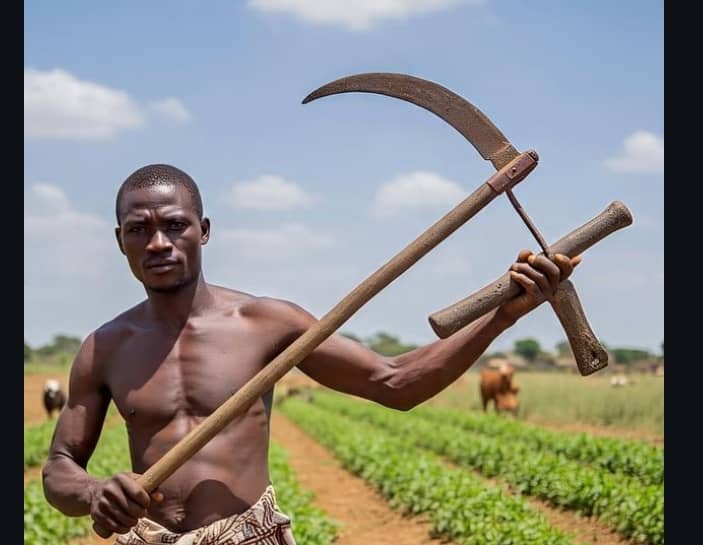Subject: Agricultural Science
Class: Primary 5
Term: Third Term
️ Week: 6
Age: 9–10 Years
Topic: Harvesting Activities
Subtopics: Tools for harvesting | Steps of harvesting | Time of harvest
⏰ Duration: 40 minutes
Behavioral Objectives
By the end of this lesson, pupils should be able to:
-
Describe step-by-step how crops are harvested.
-
Identify common tools used during harvesting.
-
Recognize the best time to harvest different crops.
Key Terms and Definitions
| Term | Meaning |
|---|---|
| Harvesting | The process of collecting ripe crops from the farm |
| Sickle | A sharp curved tool used to cut crops |
| Maturity | The time when crops are ready for harvest |
| Basket | A container used to carry harvested crops |
Set Induction (Warm-up Story & Pupil Reactions)
Teacher: “Class, do you know what happened to Mama Ekaette’s garden last Saturday?”
Jide: “Maybe goats entered it!”
Adaora: “She went to harvest her ugu, ma!”
Teacher: “Correct! She woke up by 6am, tied her wrapper, grabbed her knife and basket, and harvested all her ripe vegetables before the sun came up. That’s what today’s lesson is all about—Harvesting Activities!”
Entry Behavior
Pupils have observed farmers or parents harvesting maize, cassava, vegetables, or fruits at home or in the community.
Learning Materials and Resources
-
Real sickle, knife, and basket
-
Picture chart of ripe and unripe crops
-
Short video or drawing of a local farm
-
Sample crops (cassava stick, maize cob, bunch of spinach)
Background Knowledge
Previously, pupils learned about post-planting activities like weeding, thinning, and fertilizing. Now it’s time to learn what comes after—harvest time!
Embedded Core Skills
-
Observation
-
Critical thinking
-
Fine motor skills
-
Cultural literacy
-
Communication
Main Content: Harvesting in Simple Terms
What is Harvesting?
Harvesting is the time we gather our crops from the farm when they are fully grown. It is a very important step because if we harvest too early or too late, we may lose food.
Tools Used for Harvesting
| Tool | What It Is Used For |
|---|---|
| Sickle | Cutting rice, millet, and wheat |
| Knife | Harvesting vegetables like ugu, okra |
| Hoe | Digging up cassava, yam |
| Basket | Carrying harvested crops |
| Cutlass | Cutting plantain or palm fruits |
Right Time to Harvest Crops
-
Maize: When the leaves are dry and the cobs are hard
-
Yam/Cassava: When leaves begin to yellow and fall
-
Tomatoes: When they are red and firm
-
Vegetables (Ugu, Soko): When they are fresh and leafy
-
Plantain/Banana: When the fruits are full and skin turns light green
Classroom Case Study: Mama Ekaette the Market Woman
Every Saturday morning, Mama Ekaette walks to her backyard farm with her daughter, Nneka. They check which vegetables are ready.
Mama says, “Nneka, look at this tomato. It is ripe. Pluck it gently with your fingers.”
They harvest with a basket and sell at Ita Faji Market in Lagos Island.
One day, Nneka harvested a tomato that was still green. Mama Ekaette smiled and said, “You see now? That’s not ready. Next time, wait till it’s red like my lipstick.”
Class Discussion
Teacher: “What tool would you use to harvest cassava?”
Pupil (Seyi): “Hoe, ma!”
Teacher: “Good! Can we harvest vegetables with a cutlass?”
Pupils: “Noooo ma!”
Teacher: “Why?”
Adaora: “Because it can cut the stem and spoil the whole farm!”
Activity – Fill in the Blank (MCQ)
Choose the correct answer.
-
The tool used to cut rice is a __________.
a. knife
b. sickle ✅
c. hoe
d. cutlass -
Harvesting is done when crops are __________.
a. growing
b. still green
c. ripe ✅
d. planted -
A container used to carry harvested crops is a __________.
a. basket ✅
b. plate
c. spoon
d. stick
️ Theory Questions
-
What is harvesting?
-
Mention three tools used in harvesting.
-
Describe how to know when cassava is ready for harvest.
Teacher’s Role
-
Use real farm tools to demonstrate.
-
Ask guiding questions to check understanding.
-
Lead pupils in identifying ripe and unripe crops using pictures.
-
Supervise group role-play on harvesting vegetables.
Pupils’ Role
-
Observe and handle the tools carefully.
-
Answer questions based on experience.
-
Share what their parents or neighbors do during harvest.
-
Act out Mama Ekaette’s harvesting story.
Classroom Notes (Primary 5 Agricultural Science – Week 6)
Topic: Harvesting Activities
Key Terms and Definitions
-
Harvesting:
This is the process of gathering ripe crops from the farm when they are ready.
Example: We harvest maize when the cobs are dry and hard. -
Maturity:
This means the time when a crop is fully grown and ready to be harvested.
Example: Cassava matures when the leaves turn yellow and start falling. -
Sickle:
A sickle is a curved sharp tool used for cutting crops like rice and wheat.
Example: Farmers use sickles to harvest rice on the farm. -
Hoe:
A hoe is a tool used for digging the ground and harvesting root crops like yam and cassava.
Example: Uncle John used a hoe to dig up yam from the soil. -
Knife:
A knife is a sharp tool used for cutting vegetables or soft crops during harvesting.
Example: Adaora used a knife to cut ugu leaves for soup. -
Basket:
A basket is a container made of straw or plastic used to carry harvested crops.
Example: Mama Ekaette put tomatoes in a basket after harvesting. -
Cutlass:
A cutlass is a big knife used to cut thick stems or trees like plantain or sugarcane.
Example: Jide used a cutlass to cut down a bunch of ripe plantains.
Examples of Crops and When to Harvest
| Crop | When to Harvest |
|---|---|
| Maize | When the husks are dry and cobs are hard |
| Cassava | When leaves turn yellow and fall |
| Tomato | When the fruit is red and full |
| Ugu (Fluted Pumpkin) | When leaves are big, green, and fresh |
| Plantain | When the fingers are full and light green in colour |
Quick Summary
-
We harvest crops only when they are ripe.
-
Using the right tool for each crop makes harvesting easy and safe.
-
Harvesting too early or too late can spoil the crops.
✏️ Copy Work (for Pupils’ Notebooks)
Harvesting means collecting ripe crops from the farm.
We use tools like sickle, hoe, knife, and basket.
Maize is harvested when the cob is dry.
We use a hoe to dig out yam and cassava.
A knife is used to cut vegetables like ugu.
A basket helps us carry the crops after harvest.
Assessment
Oral: Pupils take turns naming crops and the tools used to harvest them.
Game: “Harvest Hunt” – Match tools to crops on the board.
Role-Play: Group act of Mama Ekaette’s garden story.
Conclusion (Warm, Reflective Ending)
“Harvest time is joy time! It’s the reward for all the hard work we’ve done on the farm.”
Just like Mama Ekaette and Nneka, when we harvest at the right time, we get fresh, healthy food to eat and even to sell.
So remember: farming is not just about planting. It’s about knowing when and how to harvest too!
SEO Content Block
-
SEO Title: Harvesting Activities for Primary 5 Pupils | Tools, Steps & Examples
-
Focus Key Phrase: Harvesting activities for Primary 5
-
Slug:
/harvesting-activities-primary-5 -
Meta Description: Teach Primary 5 pupils about harvesting steps, tools like sickles and baskets, and when to harvest crops using real Nigerian examples and classroom storytelling.
-
Internal Links:
-
External Links:










